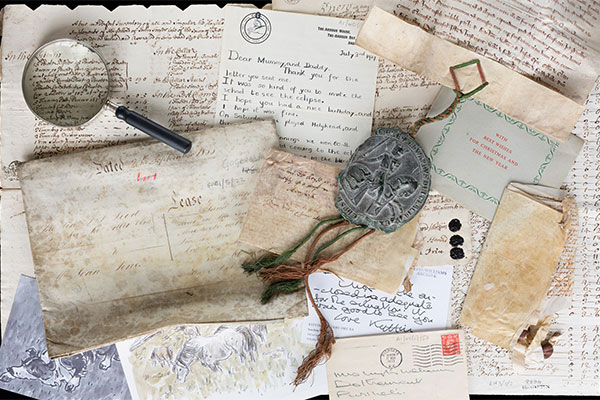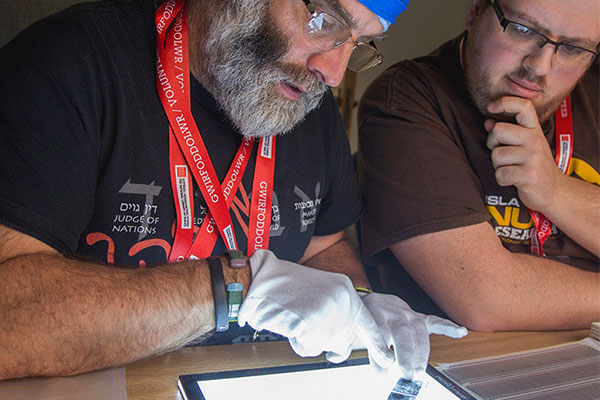Who was John ‘Warwick’ Smith?
John ‘Warwick’ Smith was born in Irthington, Cumberland on July 26th, 1749. His first tutor was the amateur artist Captain John Bernard Gilpin from Cumberland Castle and it was Gilpin who was responsible for encouraging him to become an art teacher. Whilst in Derbyshire in c.1775 he met George Greville the second Earl of Warwick, the great collector of works of art for Warwick Castle. Greville commissioned John ‘Warwick’ Smith to paint in Italy where he met many famous artists, including the renowned Welsh artist Thomas Jones (1742-1803) who had a great influence on him. The drawings he created whilst out in Italy are regarded as some of his best works, and it is believed that the trip had quite an influence on his style.
After five years he returned to England and settled in Warwick. It is believed that his pseudonym ‘Warwick’ came from his new home and from the fact that he received much assistance from the second Earl of Warwick. During this period he traveled extensively around Britain and six of his drawings were engraved as illustrations for Samuel Middiman’s Select Views in Great Britain (1784-5). In 1786 John Murray, the 4th Duke of Atholl, commissioned John ‘Warwick’ Smith to paint 26 pictures of the Isle of Man which are today regarded as the most important illustrative records of the island in existence.
He exhibited many of his works with the Royal Watercolour Society and he acted as president, secretary and treasurer of the society before retiring at the age of 74 in 1823. He was an art tutor for many years before passing away at the age of 81 years old. He was buried in St George's Chapel, Uxbridge Road.




